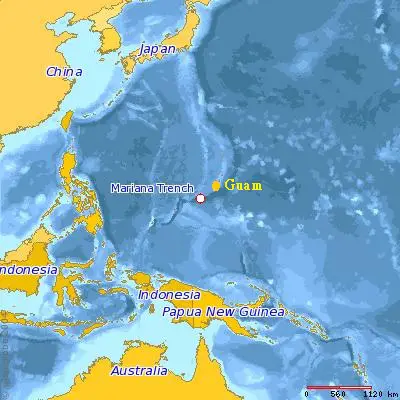Researchers from the Finnish Geospatial Research Institute and Aalto University will team up with Fleetrange Ltd. and Tallink Grupp as part of a research project carried out under a programme of, and funded by, the European Space Agency (ESA). The goal is to develop techniques for autonomous navigation for ships with focus on safety, using a combination of different sensors, machine learning and artificial intelligence.
The technology will combine data from visual images, environmental sound recordings, RADAR and LiDAR ranging, satellite navigation, and vessel transponders. These sensors will be installed on the Megastar and the data processing will be performed using innovative artificial intelligence and machine learning software.
“A single sensor is never sufficient for providing complete safety-critical information to the crew. They always refer to multiple devices providing overlapping information so that defects in any one device can be easily identified and excluded. An autonomous navigation system should work on a similar principle.” says Dr. Sarang Thombre, Research Manager at Finnish Geospatial Research Institute.
The goal is to automatically identify and recognize objects, such as navigation aids and other vessels and boats around the ship and provide improved situational awareness information through sensor fusion.
“When such information is combined with established vessel navigation rules and regulations, it can potentially enable the vessel to navigate with minimal human guidance even in dense traffic conditions of the Baltic Sea”, adds Research Manager Thombre.
”The choice of Megastar as a test vessel was an easy decision and we are delighted to have Tallink Grupp’s support for the project. Tallink is the front-runner in innovative new solutions and the Megastar is the most advanced and environmentally friendly ferry in this area. The traffic area between Tallinn and Helsinki is also highly dense with both commercial vessels and leisure boats and provides an excellent testing ground for the new techniques we aim to study”, says Capt. Henrik Ramm-Schmidt, CEO and Founder of Fleetrange Ltd.
“The recent advances in artificial intelligence and machine learning allow for new ways to learn to identify and predict the movement of vessels, with a better accuracy that has been possible before”, says, Dr. Simo Särkkä, Professor of Aalto University.
The ESA-funded research project is titled Artificial Intelligence / Machine Learning Sensor Fusion for Autonomous Vessel Navigation (Maritime AI-NAV) and the team will utilize the Tallink Grupp’s newest vessel Megastar for practical field tests on the Helsinki-Tallinn route on the Baltic Sea. ESA’s overall objective is to improve European know-how in the field of autonomous transports and to study how European space-based positioning and navigation infrastructure, such as Galileo and EGNOS, can contribute to enhancing scientific innovation and consequently business opportunities in this field.
Finnish Geospatial Research Institute (FGI), has long roots in sensor- and GNSS-expertise, is an active member of autonomous ship forums, and has developed safety-driven ice-aware e-Navigation methods.
Aalto University’s Sensor Informatics and Medical Technology group is part of the Finnish Center for Artificial Intelligence (FCAI) and has a long experience in developing machine learning and sensor fusion algorithms for various applications.
This academic expertise is complemented by Fleetrange Ltd, a Finnish maritime startup focused on operational quality assurance and maritime IoT solutions.
Press Releases: maanmittauslaitos.fi
Photo Courtesy: maanmittauslaitos.fi
The post Techniques For Autonomous Navigation To Improve Safety At Sea appeared first on Maritime Manual.
from WordPress http://bit.ly/2GcjEGr

No comments:
Post a Comment